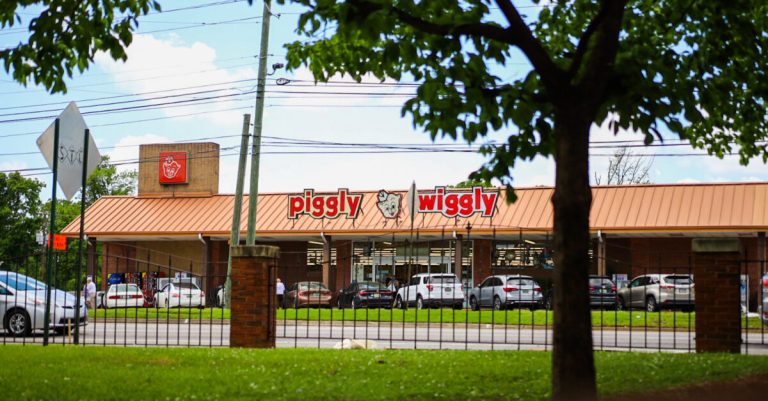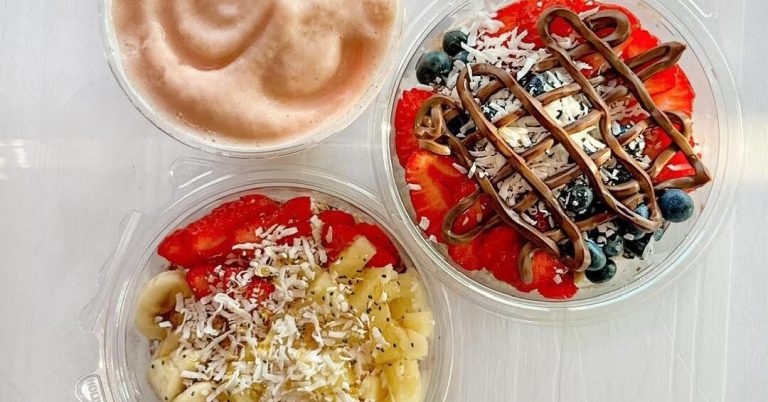6 ways to become an Alabama native plant champion like Julia Tutwiler
Reading time: 9 minutes
Sponsored

Did you know that Julia Tutwiler, one of the most famous women in Alabama history, discovered a native plant found nowhere else on earth?
Along with being a prison reformer, educator, university president and namesake for the largest women’s dorm at the University of Alabama, Tutwiler was an amateur botanist.

In 1873, she was exploring a small gorge about five miles from her home in Hale County when she came upon a rare fern. She wrote about the discovery, and scientists from all over the country made the trek to rural Alabama to study it.
137 years later, in 2007, it was officially named as a new species by biologists Larry Davenport and Brian Keener.
The name…. Asplenium tutwilerae—or its common name—Tutwiler’s spleenwort.

Be like Julia Tutwiler
Now, more than ever, we need native plant champions like Julia Tutwiler in Alabama.
A recent study published in the journal Science concluded that there may be almost 3 billion fewer birds in North America today than there were in 1970.

Butterflies such as the iconic Monarch have seen their population decrease nearly 90% over the past two decades.

Why native plants matter
We have examined—from the first two installments (1st story & 2nd story) in our series about Alabama’s native plants—why our natives are the most important building block of the food chain.
Plants that are grown naturally in our state support wildlife, bees, birds and butterflies.
Adding native plants to our gardens, parks, schools, churches and neighborhoods gives them a lifeline.
Below is a list of 6 ways you can become a native plant champion.
1) Learn about native plants

Two Fun Facts:
1st Fact: The Birmingham Public Library branch inside the Birmingham Botanical Gardens is the only public horticultural library in the United States, according to John Manion, curator of the Kaul Wildflower Garden. Within the massive collection are hundreds of books related to native plants and taking care of the environment, including books and materials on how to get rid of invasives, improve your soil, and countless other topics.
2nd Fact: The Kaul Wildflower Garden is growing and propagating 900 of the more than 3000 species of native plants found in Alabama. The Garden was established by Bobbe Kaul, a native plant champion who literally helped create the “Noah’s Ark” for Alabama’s native plants.

If you need to learn virtually, hop online and visit the Alabama Plant Atlas.
2) Remove invasive plants from your yard and a local park

Many invasive plant species are opportunistic and strangle our local native plants. The best way to combat invasives and insure the survival of native plants in your garden, yard, neighborhood or local park/nature preserve is to remove them—and in some cases—apply herbicides.
The Alabama Invasive Plant Council has produced a top 10 worst invasives list, which includes kudzu, tallowtree, Chinese privet and cogongrass.

In November, the Nature Conservancy in Alabama published an article about invasives which included tips for gardening, such as verifying that the plants you are buying for your yard or garden are not invasive and replacing invasive plants in your garden with non-invasive alternatives.
“People need to be aware that if you plant something like Chinese privet in your backyard, that causes a problem for our natives’ ecosystem, because they spread when people unthinkingly plant them in their own landscape,” stated Ansel Payne, director of Alabama Audubon.

Beautiful ornate invasive non-native plants are commonly used it our gardens can even endanger our most beautiful natives. For example, the taro plant or what’s commonly known as the “elephant ears” threatened Alabama’s most famous native plant, the Cahaba Lily. Saving the lily from this invasive is now a prioirty of the Cahaba River Society (Learn more – HERE).
3) Buy at native plant sales

Through their native plant sales, places like Ruffner Mountain, Turkey Creek Nature Preserve and the Friends of the Birmingham Botanical Gardens have become today’s Johnny Appleseeds.
For example, Ruffner Mountain cultivates native plants found on the 1040 acre nature preserve in their greenhouse. Their annual plant sale not only supports the beloved organization financially but it also helps “spread” the native plants that have evolved on Ruffner Mountain throughout our community. This is a good thing biodiversity-wise.

“So, I’ve heard Ruffner described as this island in the city,” explained Jamie Nobles, Conservation Director at Ruffner Mountain. I think it is important to consider that the diversity on the mountain becomes MORE of an island if we don’t plant throughout the city— backyards, parks, pretty much anywhere can be replaced with the native plants.”

4) Take a class or volunteer

There are plenty of Birmingham places where you can volunteer or take classes to learn firsthand about native plants.
The Birmingham Botanical Garden’s Kaul Wildflower Garden has 2-3 volunteer native plant sessions each week that provide a multitude of volunteer opportunities. The Gardens also provide classes to earn a Certificate in Native Plant Studies or you can become a Master Gardener. Bi-annually they also hold one of the Southeast’s largest native plant conferences with lecture style leaning.

If you are seeking more of a nature preserve experience, Ruffner Mountain has twelve habitat garden zones. Led by Michelle Reynolds, Ruffner’s Habitat Garden Club holds weekly gardening and work days to maintain and improve the Habitat Garden, while giving the public hands-on experience with principles of permaculture and ecology.
John Manion adds, “The knowledge and enthusiasm is spreading. More and more people are becoming aware of the importance of native plants.”
5) Advocate for native plants

If you are more civically minded, another way you can champion native plants is along main street or at city hall.
It’s good for business and the city, exclaims Audubon’s Payne.
“Advocate your favorite businesses or the city to adopt native plant landscaping. It will ultimately save those businesses and municipalities money.”
Groups in Alabama advocating for native plants in Alabama?
Birmingham Botanical Gardens
Alabama Audubon
Alabama Wildflower Society – Blanche Dean Chapter
Nature Conservancy in Alabama
6) Plant native plants, even on your porch or apartment balcony

Most importantly, you don’t need a big yard or garden to make a difference with native plants. You can be a hero by planting native plants in a few pots or containers to be left on your porch or even on a balcony. All this helps the birds and pollinators.

“You can start with just one plant (in a pot or container)—a wax myrtle can make a big difference for birds that need the food in the late summer, fall and winter. It gives you an opportunity to see birds arrive in your lawn or even on porch. Bay berries from that one plant have brought me ruby crowned kinglets and yellow rumped warblers,” concluded Payne from Alabama Audubon.
Become a native plant champion
Whether it is a native plant sale, workshop or your own garden, we all can become native plant champions. You might even discover a native plant like Julia Tutwiler. Upon finding the rare fern that is now named after her, Tutwiler declared,
“I found it in a little magic spot…”

Today, that little native fern, one of the rarest plants in the world, can be found in a terrarium at Birmingham Public Library inside the Birmingham Botanical Gardens.
You too can discover the world of native plants, and by doing so, make Alabama a better place.
Sponsored by:




